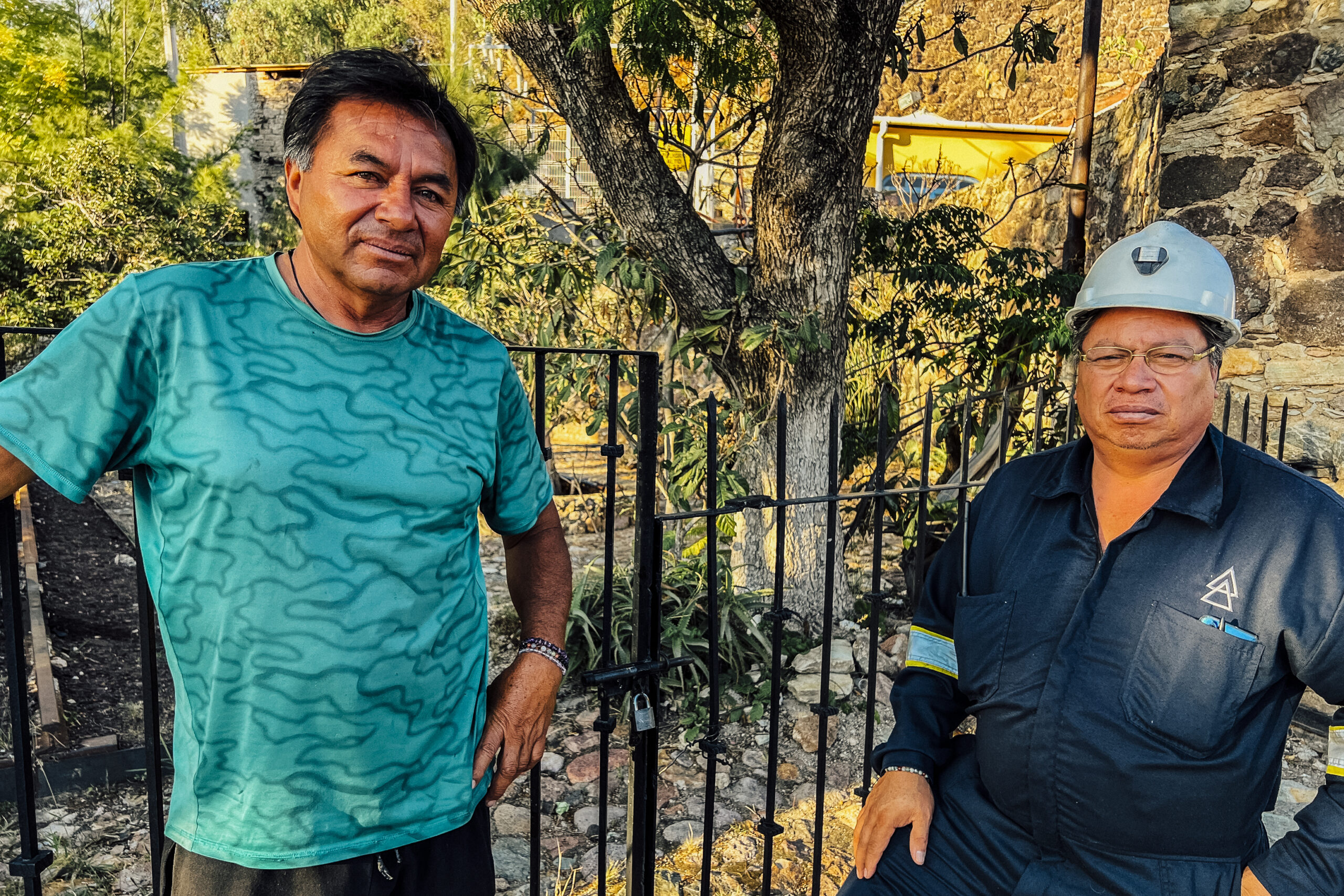Two Guanajuato Miners Tell their Stories
On the high plateau of central México at nearly 7000 feet is the city of Guanajuato, originally named Real de Minas de Guanajuato (Royal Mines of Guanajuato). It was founded in 1548 by colonial Spain for one reason only: to make Spain rich. Silver and gold extraction were foundational to Spain’s political economy, and in those times the mines of Guanajuato were the most productive in México.
From the 16th to the 18th centuries tens of thousands of Indigenous workers worked in Guanajuato’s mines. Their choices were limited — work hundreds of meters underground or let their families starve. Forced labor, poor diet, falls, silicosis, and beatings gave the average miner a life expectancy of 28. And plenty of others came to take their place when they died.
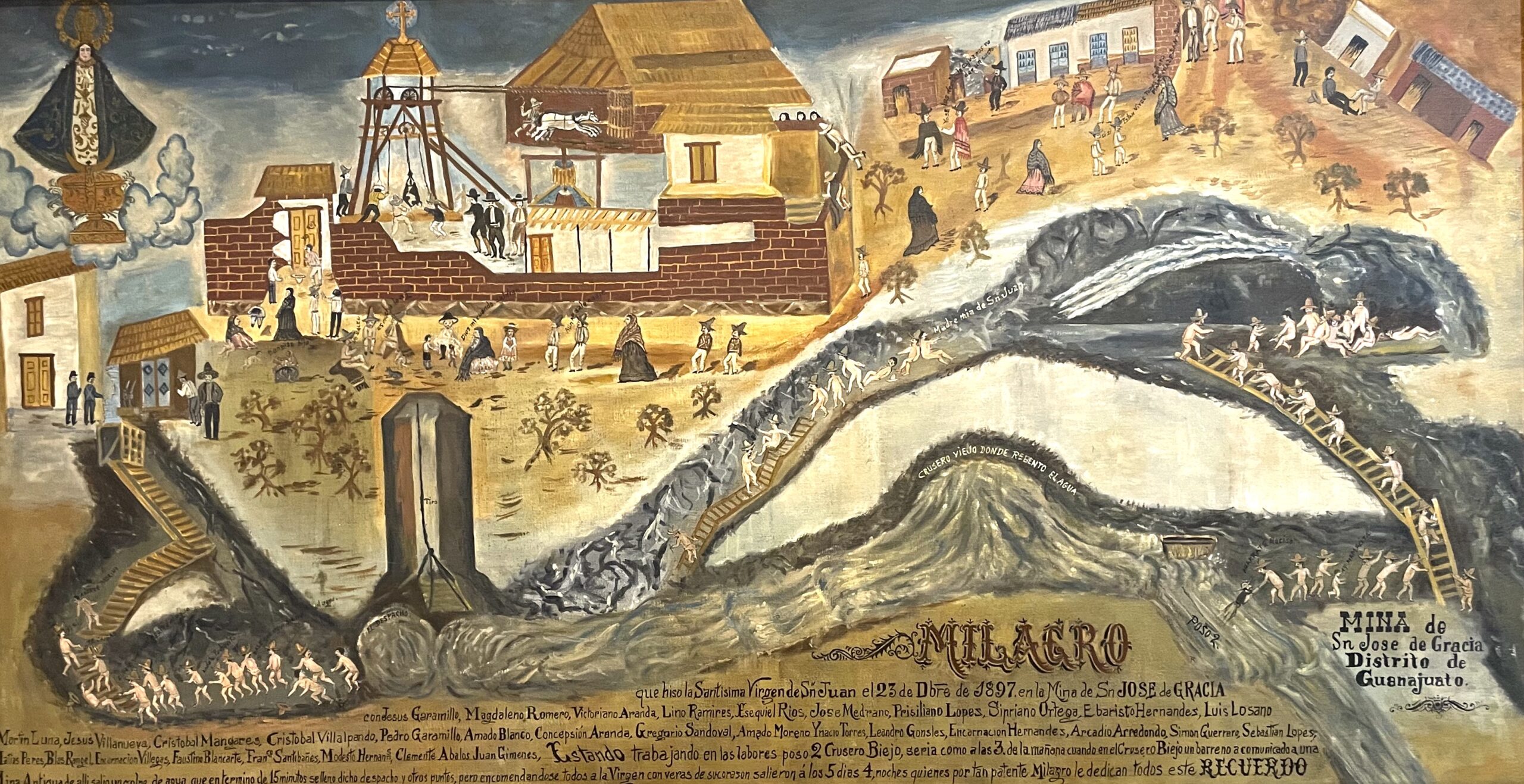
In 1810, nearly three hundred years later, Father Miguel Hidalgo y Costilla and his ragtag army of 80,000 arrived in Guanajuato and declared war on Spain, thus initiating México’s War of Independence. Mexico got its independence — but mining continued. Mining accidents also continued. It was a miracle — un milagro — when miners were rescued; rare enough that when a mine flooded in Guanajuato in 1897 and the miners were saved, it was recorded in a retablo, a traditional style of tin painting reserved for miraculous events.
Today, twenty mines still operate in and around Guanajuato. A maze of underground passageways connects many of the mines — some large enough for huge trucks to pass through. MSM’s Bruce Hobson spoke with Felipe Rivera and Miguel Villegas, two miners who worked for decades in the mines. For 500 years and counting, working in the mines of Guanajuato has been a way of life.
In their families, mining goes back 150 years. Miguel Villegas now operates the huge elevator that transports workers down the 425-meter shaft of the four centuries old Rayas mine. Felipe Rivera believes that his great-great grandfather also worked in the Rayas mine. He no longer works there himself, but I met him near the mine, where he sells quartz crystals.
Tell me a little about how long you worked as a miner, and what that was like.
Felipe Rivera: I worked for 20 years and 6 months in the Raya and San Vicente mines. My father, my grandparents, many uncles and cousins and a brother also work or worked in the silver and gold mines in Guanajuato.
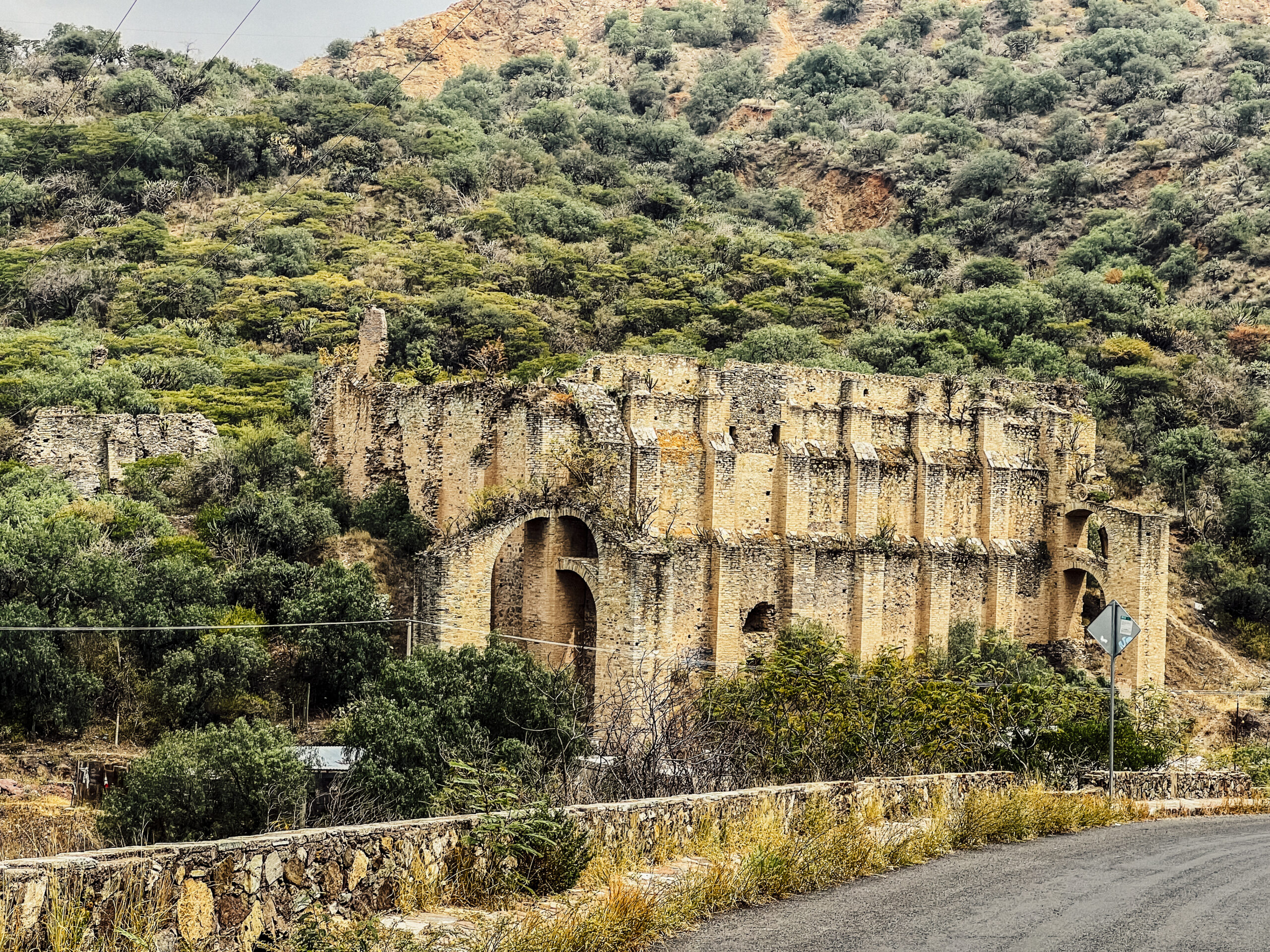
There are maybe 20 mines producing silver and gold in the Guanajuato area. In 1985 there were about 700 miners, but now there are fewer. In previous years, when production was high, there were thousands of miners.
We always worked eight hours, six days a week. In México, most workers work Monday to Friday, and just four hours on Saturday. Not us!
Miguel Villegas: I have worked in the mines since I was young, but now I operate the elevator here at Raya to transport the miners 425 meters below. Practically, the mines in Guanajuato produce much more silver than gold.
Mining is a dangerous profession. Did you have moments when you thought you might not survive?
Felipe: The scariest time for me — I once set a charge of dynamite high up in a main shaft, lit the five-minute fuse, crawled back thirty meters, and waited. After twelve minutes the charge hadn’t gone off, so I went back up. The moment I got to the rock we wanted to blast, the charge went off and blew me back a great distance. I was hurt, but I survived.
Because mining underground is dangerous work, we always wear protection. But even with a mask, very fine dust gets through. Silicosis is the main health problem for miners; it kills you slowly. At the processing end, exposure to mercury and other toxic substances can be dangerous. But where we worked underground conditions are different.
I quit mining because, to tell the truth, I was tired. My health was still good, so I decided it was time to quit. So now I sell quartz minerals and occasional prehistoric fossils to tourists. Friends in the mines bring these up to me.
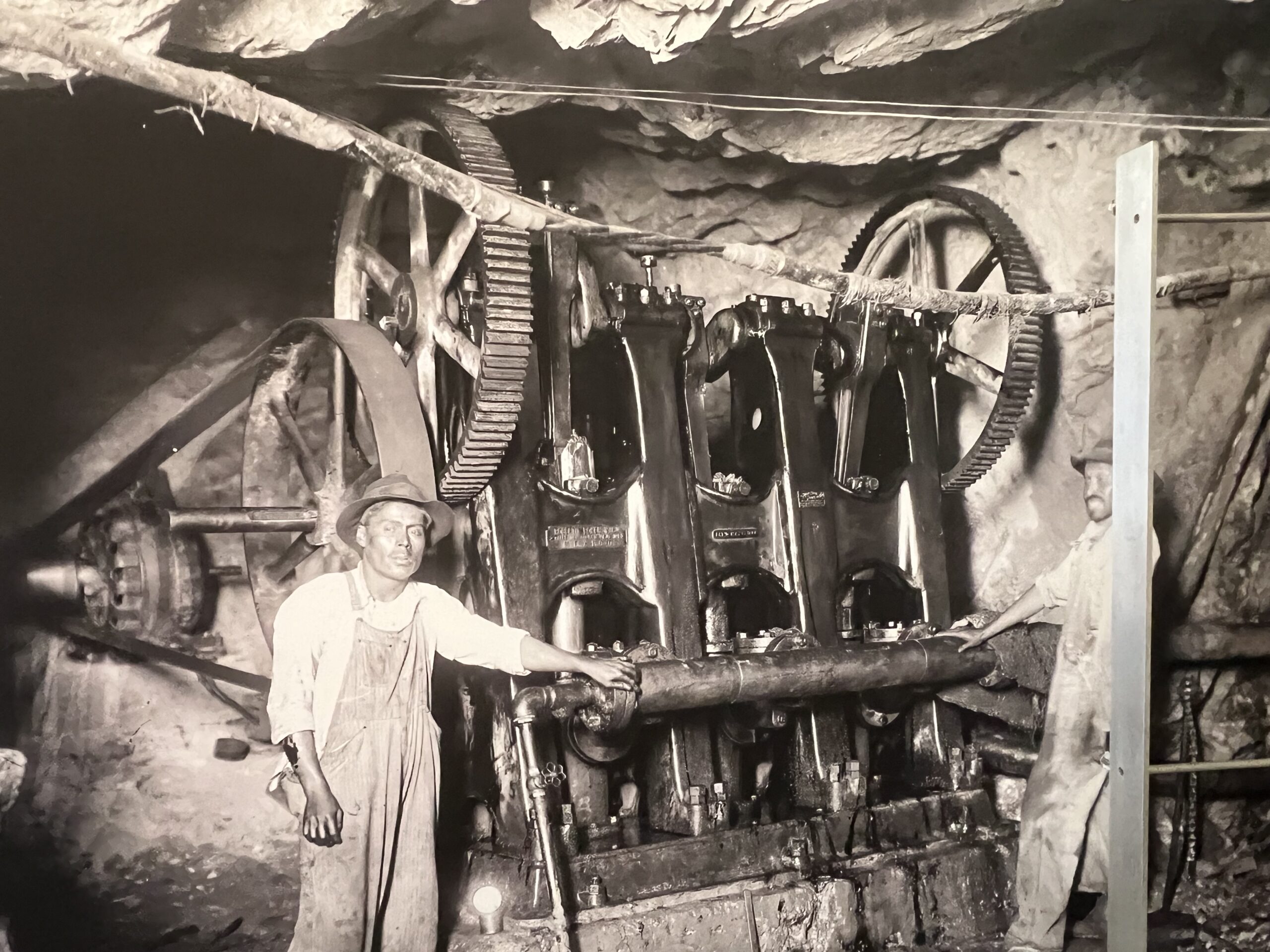
Miguel: Accidents do happen. Last year in Coahuila miners were trapped in a massive underground flood, and a number drowned. In August of this year, a 29-year-old miner died in the San Agustín mine here in Guanajuato. The thing is that at those depths, you have to be prepared for floods. There can also be explosions, as happened at the Pasta de Conchos mine in Coahuila in 2006. In that disaster, more than 60 miners perished in the early morning from a methane explosion.
During Spanish rule, there were terrible dangers for the miners. All the work was done by hand with picks and shovels. Many fell hundreds of meters to their death. In addition, the Spanish punished or killed miners for any pretext. Back then a miner could expect to live only a few decades.
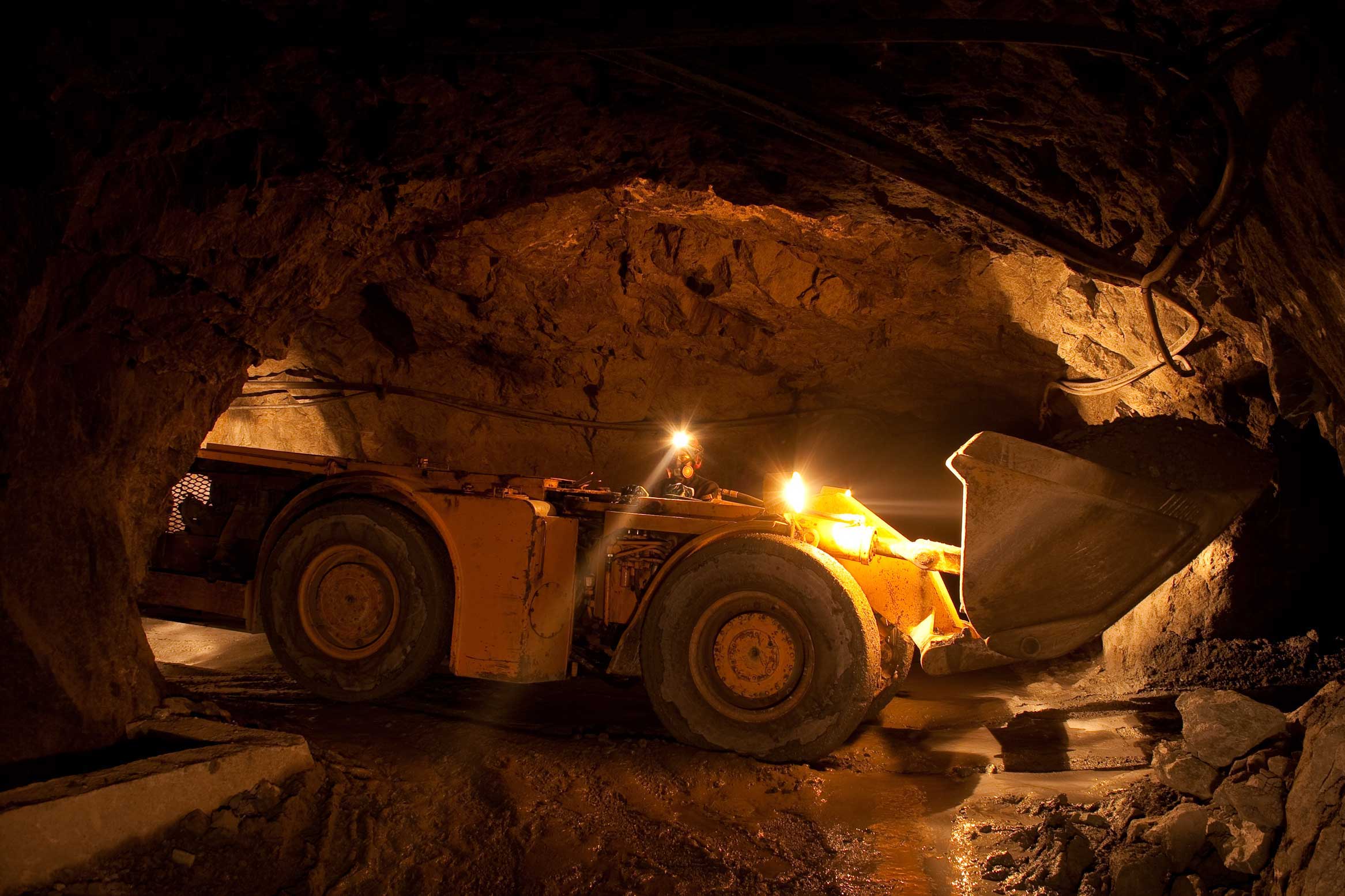
Given the exploitation of miners, was there resistance against the Spanish mine owners? And what about resistance today — are you in a union?
Miguel: Of course the miners and the people always resisted the Spanish. When the leader of the independence movement Miguel Hidalgo y Costilla arrived in Guanajuato with his army, the Spanish soldiers took refuge in the huge La Alhóndiga granary. During the revolt, one miner, Juan José de los Reyes Martínez Amaro, known as El Pípila, at great risk, lit the door of the granary on fire. Hundreds of rebels entered and massacred all the soldiers. Later, Don Hidalgo was captured, and his head was hung in an iron cage on a high corner of La Alhóndiga.
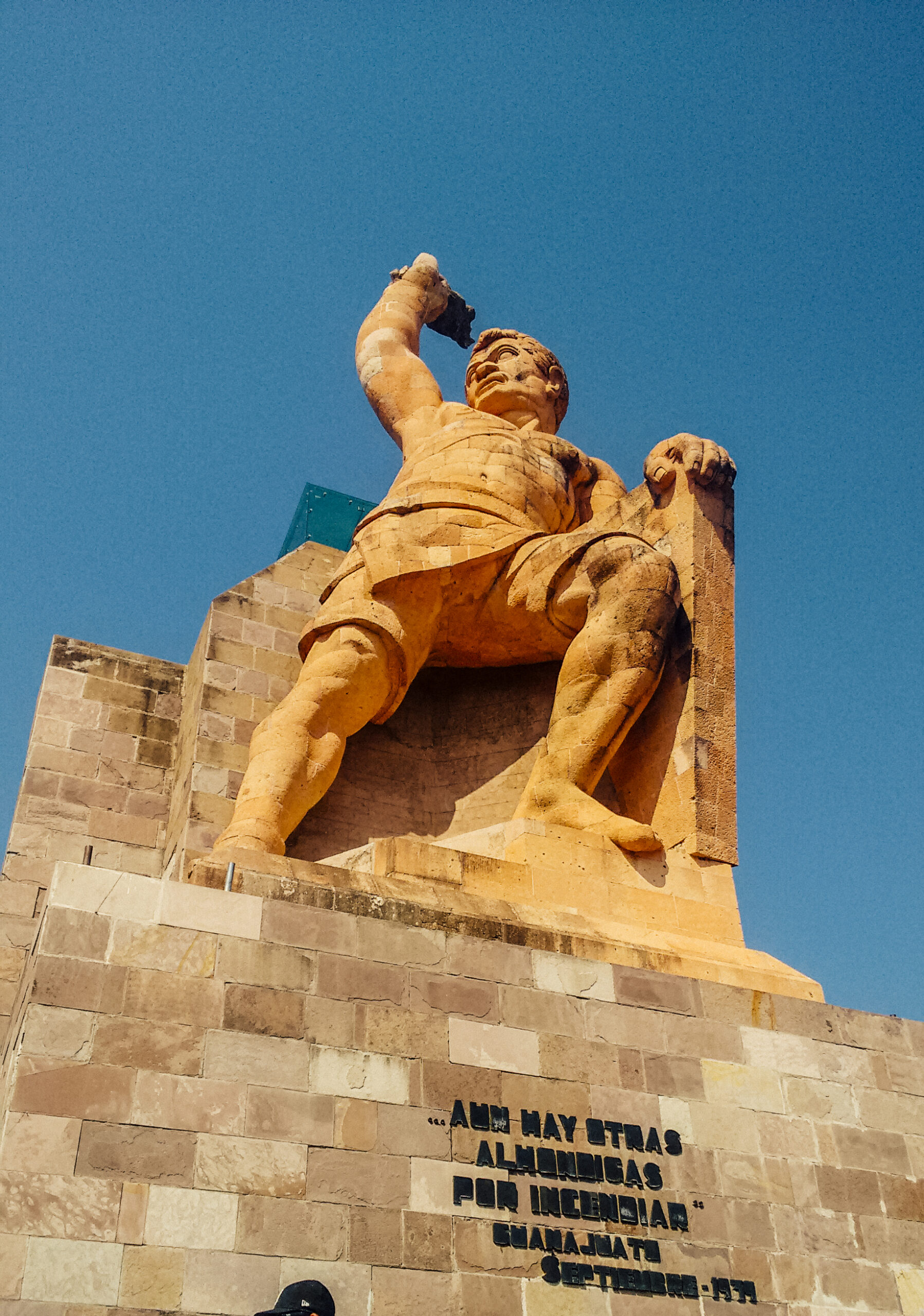
Felipe: No, there is no union. Up until recently, most of the miners were members of a cooperative, the Sociedad Cooperativa Minera Metalúrgica de Guanajuato (Mining Metallurgical Cooperative Society). One had to work in the mine for three months before being accepted into the cooperative. In México most of the mines are now managed by Canadians. When the cooperative ended a few years ago, the Canadians took over all the mines in Guanajuato except one.
Miguel: We never had the opportunity to be part of a union. The cooperative didn’t want a union, and the CTM unions are corrupt. With a union maybe we’d earn more. In reality, we don’t get paid enough. The average salary is $600 to $800 pesos (equivalent of $30–$46 dollars) per week, and we deserve more for our work.
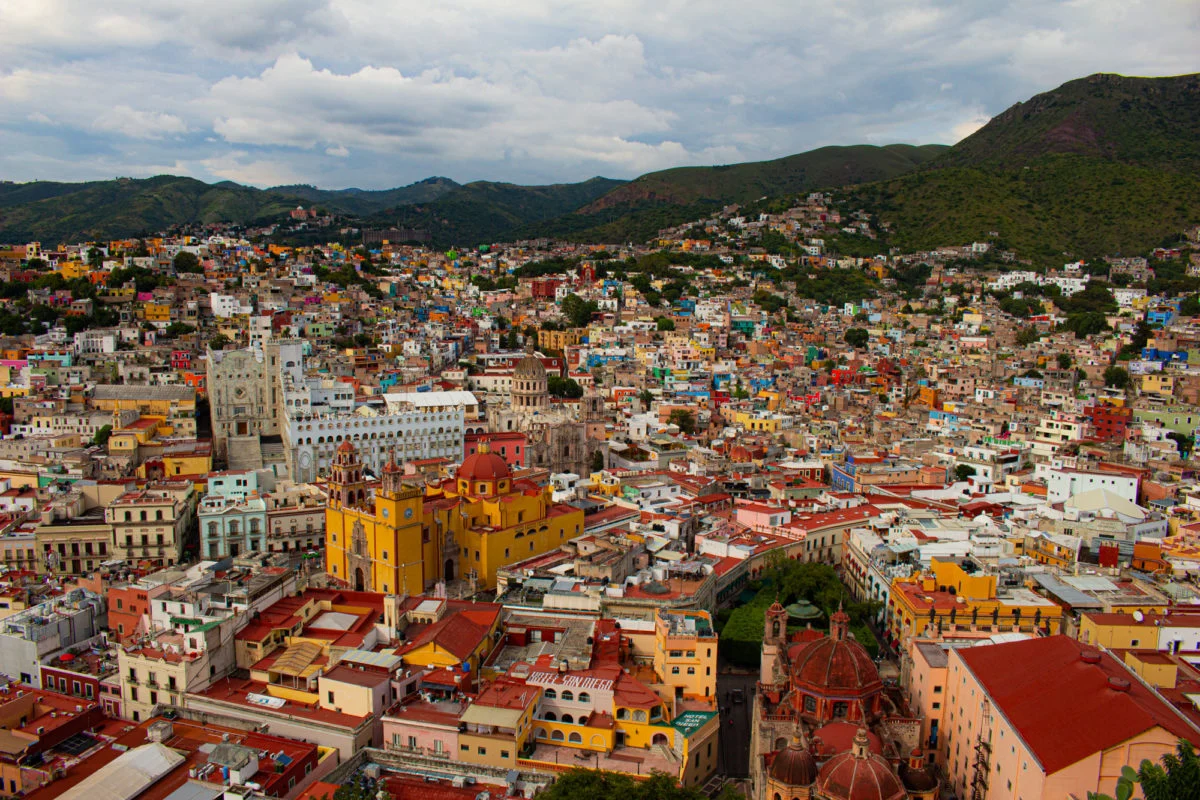
Mining depends on water and a source of energy. In past centuries all the machinery was powered by steam, and to heat water firewood was needed. Is that why the mountains surrounding Guanajuato are bare? And because of contamination by toxic chemicals from mining, is that why no one drinks the water in Guanajuato?
Miguel: You’re right. No one trusts the water in Guanajuato. We are still living with the bad effects of centuries of mining with no thought of the people or of nature. Sadly, the loss of the great pine forests was a crime of the Spanish. And because of soil erosion the forests never recovered. It’s very sad. Spain gained a lot, while we the people lost a lot.
I think that AMLO’s Sembrando Vida program which puts young people to work planting trees would be a good idea here. Hopefully, over time we can recover from the devastation caused by mining in Guanajuato.
Bruce Hobson has lived and worked in México at several points in his life. Now a Permanent Resident of México, the city of Guanajuato is his home. For many years he worked in community- based rural health programs, and directed a health and rehab program in Chiapas – until he was deported by the PRI government after the Zapatista uprising. He served as an international observer to México’s midterm election on June 6, 2021

